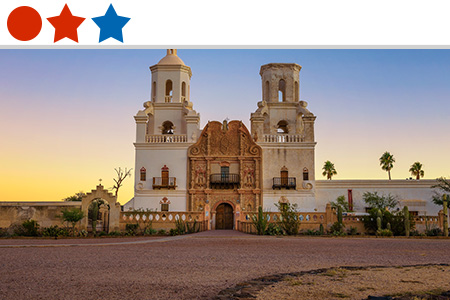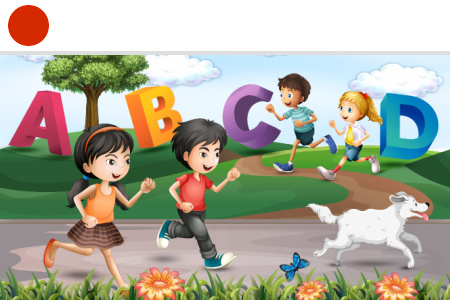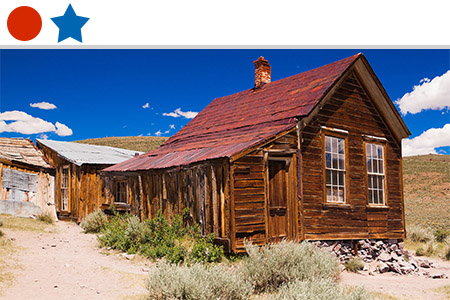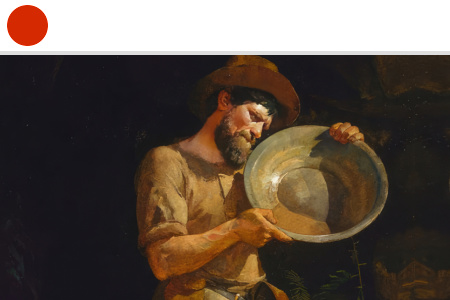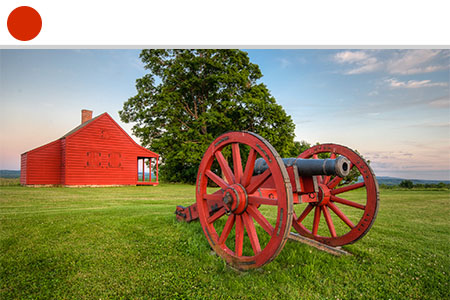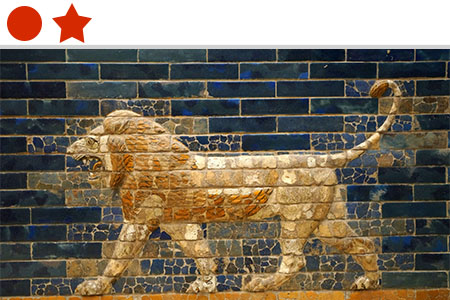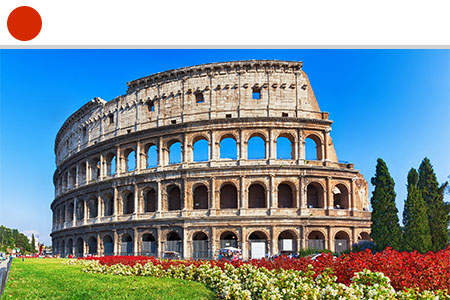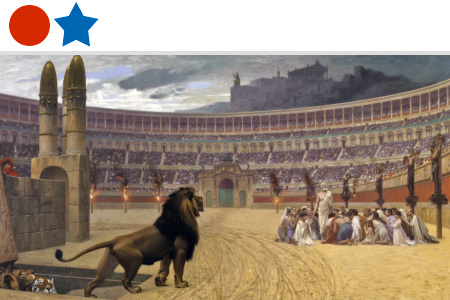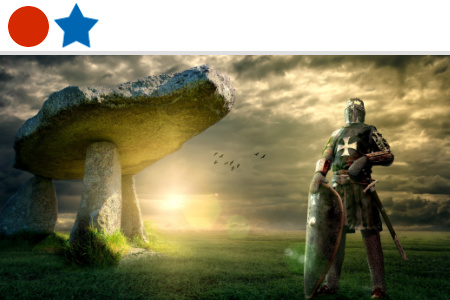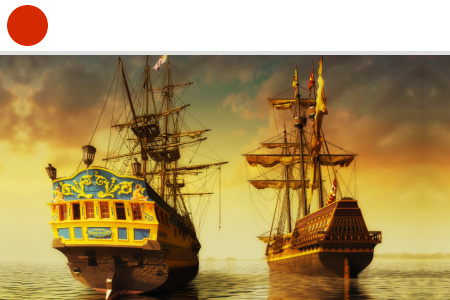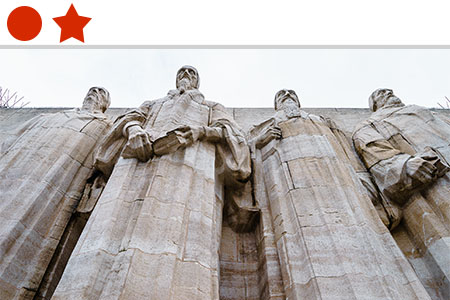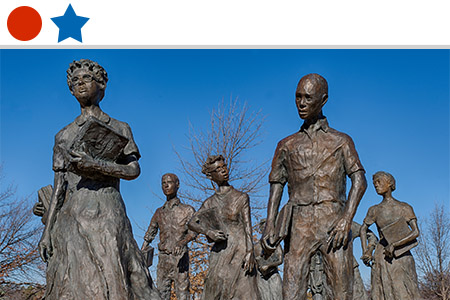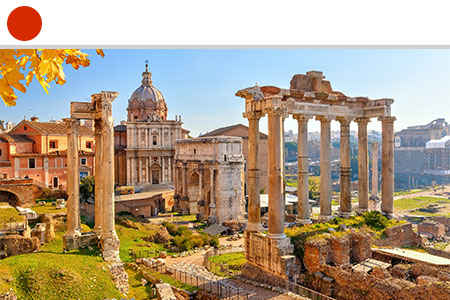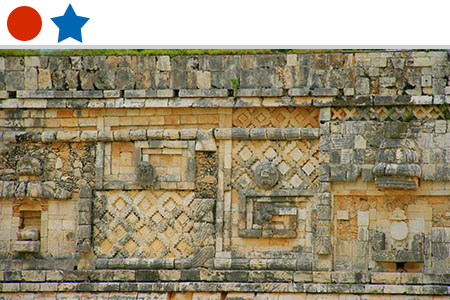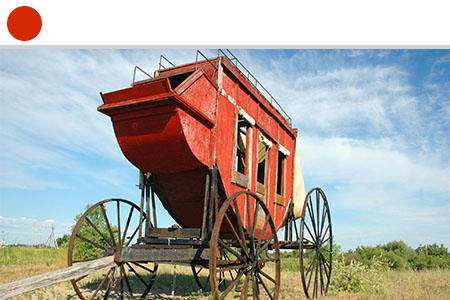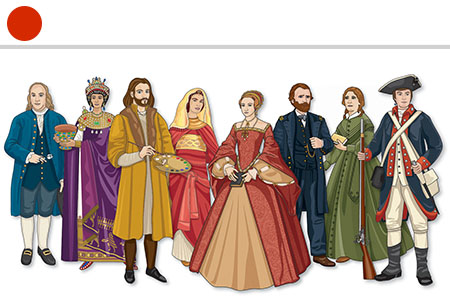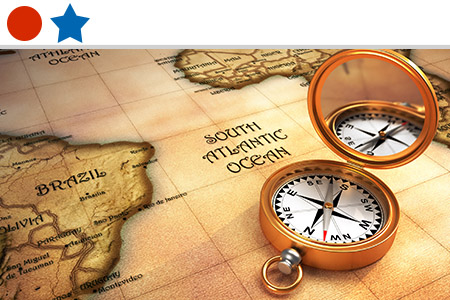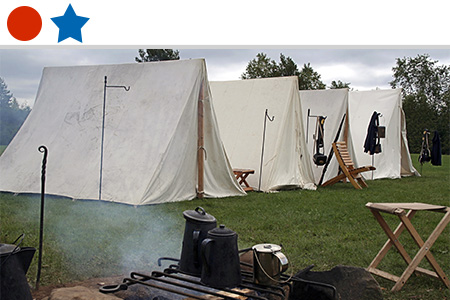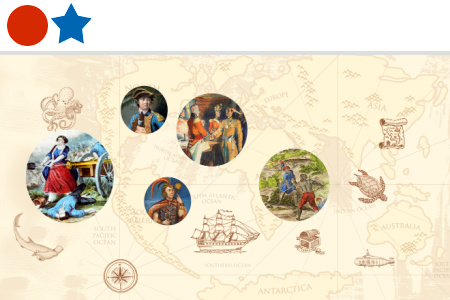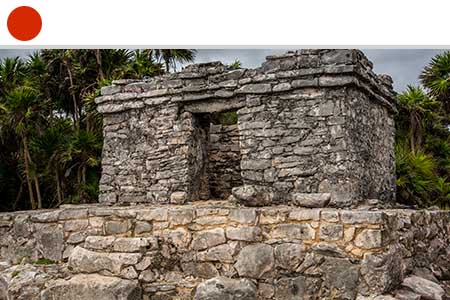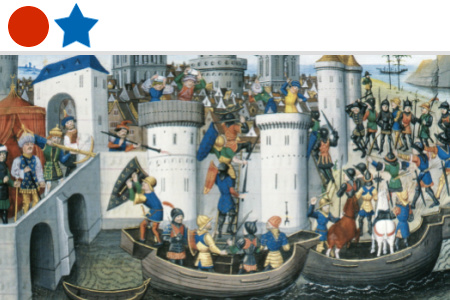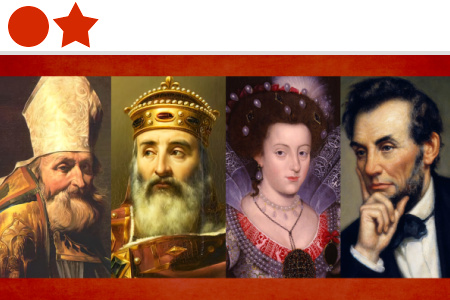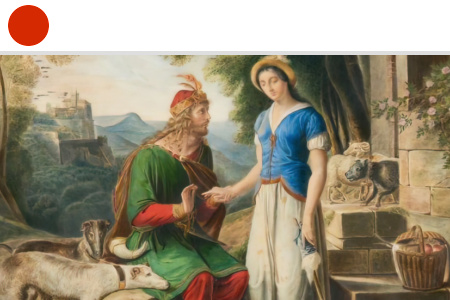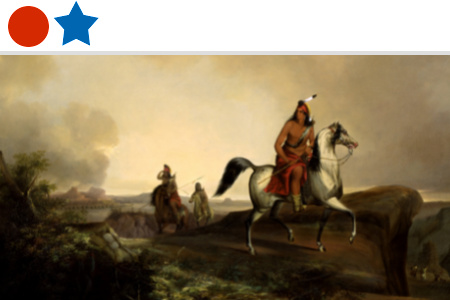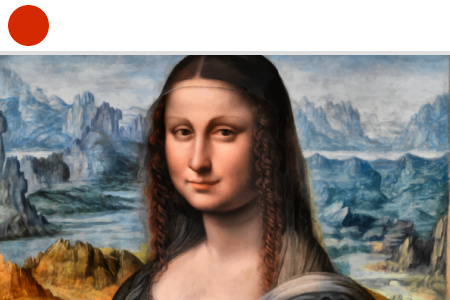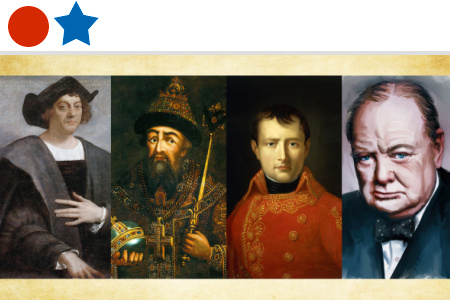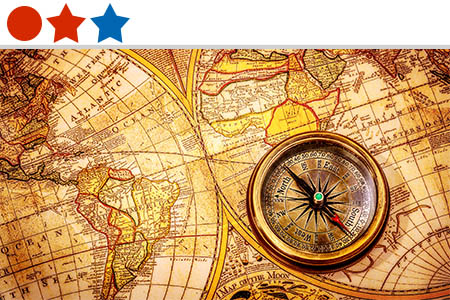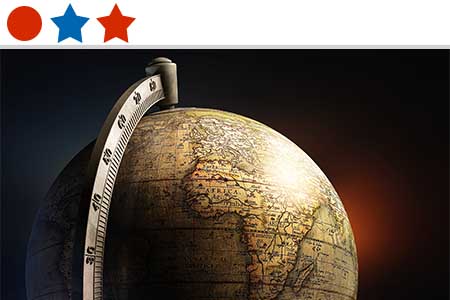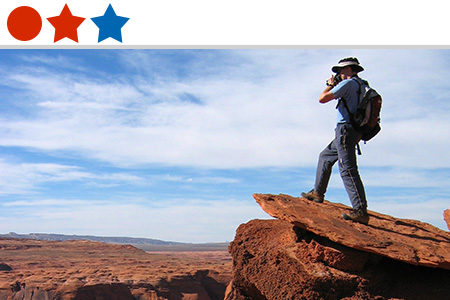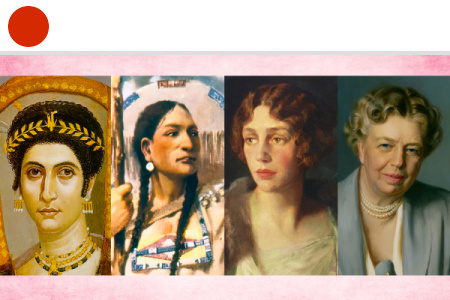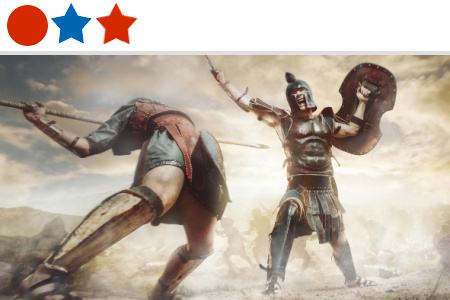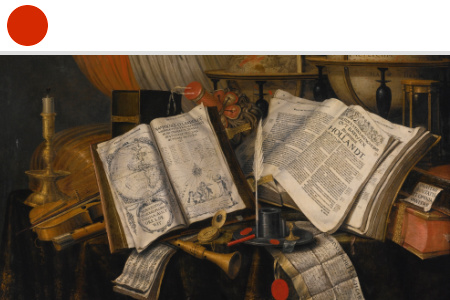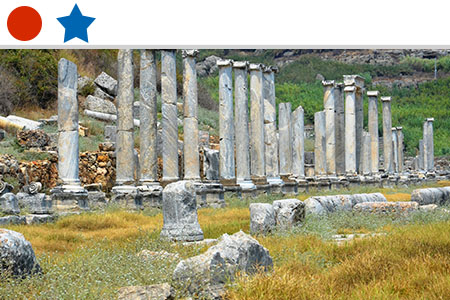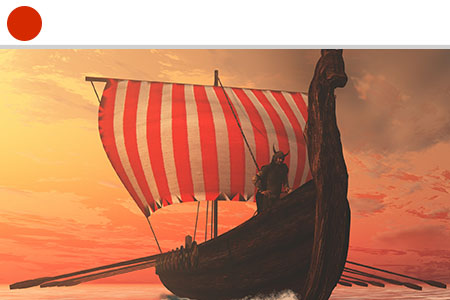Welcome to Our Ancient History for Elementary Homeschool Course
Where is Mesopotamia? Where were the Olympics first held? Ancient History for Elementary offers exciting, age-appropriate lessons with a wide range of hands-on activities and projects to captivate and reinforce learning for your first through third graders. Take a thirty-six-week journey with your children to the ancient world to explore cultures, geography, events, and famous people from history.
External links may be included within the course content; they do not constitute an endorsement or an approval by SchoolhouseTeachers.com of any of the products, services, or opinions of the corporation, organization, or individual. Contact the external site for answers to questions regarding its content. Parents may wish to preview all links because third-party websites include ads that may change over time.
Para traducir cualquier página web, haz clic en los tres puntos o líneas en la esquina superior derecha de tu navegador, o haz clic aquí para más información.
Ancient History for Elementary
Length: 36 weeks
Content type: Text based
Grade: 1–3
Schoolhouse Writers
Related Classes You May Enjoy



 The early people in the Indus River valley were nomadic hunters and gatherers. Farming developed slowly in this arid land. As in other ancient civilizations, the small farming communities grew and formed cities. These cities were the beginnings of the Ancient Indian civilization which was also known as the Indus Valley Civilization and the Harappan Civilization. The farmers grew barley, wheat, cotton, melons, and dates, among other crops. Instead of horses, water buffalo and elephants were used to pull the plows and other farm equipment.
The early people in the Indus River valley were nomadic hunters and gatherers. Farming developed slowly in this arid land. As in other ancient civilizations, the small farming communities grew and formed cities. These cities were the beginnings of the Ancient Indian civilization which was also known as the Indus Valley Civilization and the Harappan Civilization. The farmers grew barley, wheat, cotton, melons, and dates, among other crops. Instead of horses, water buffalo and elephants were used to pull the plows and other farm equipment.
